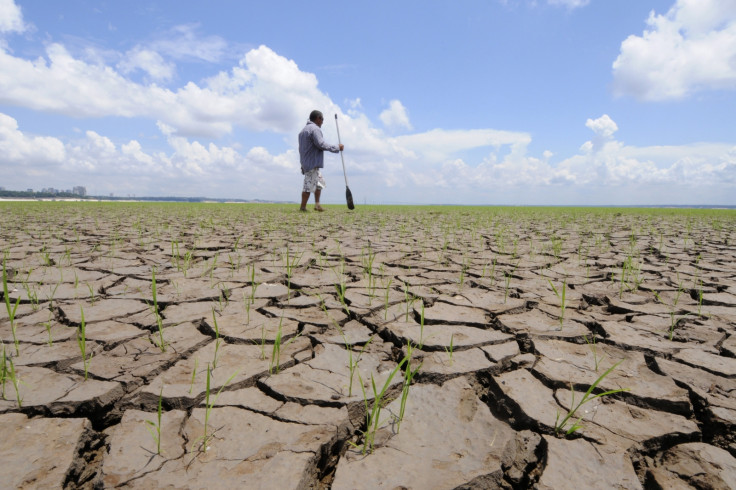Climate change millions of years ago confirm IPCC predictions

Analysis of carbon dioxide levels millions of years ago support climate change predictions put forward by the Intergovernmental Panel on Climate Change (IPCC).
Researchers at the University of Southampton have found that CO2 levels between 2.3 and 3.3 million years ago were about 350-400 parts per million (ppm) – similar levels to what we are seeing today.
By looking at the relationship between CO2 levels and climate change during a warmer period (the planet was around 2C warmer during the Pliocene era), scientists can estimate how Earth's climate will respond to increasing levels of atmospheric CO2 – its climate sensitivity.
The IPCC has said that by 2100, mankind will see an increase in violent conflict, displacement of hundreds of millions of people, food shortages and more extreme weather, such as droughts.
Their findings are based on thousands of peer reviewed studies from climate change scientists across the globe.
Published in the journal Nature, the latest study tested the theory that suggests Earth's climate sensitivity to changes are dependent on background climate.
Gavin Foster, co-author of the study, said: "Today the Earth is still adjusting to the recent rapid rise of CO2 caused by human activities, whereas the longer-term Pliocene records document the full response of CO2-related warming.
"Our estimates of climate sensitivity lie well within the range of 1.5 to 4.5C increase per CO2 doubling summarised in the latest IPCC report. This suggests that the research community has a sound understanding of what the climate will be like as we move toward a Pliocene-like warmer future caused by human greenhouse gas emissions."
Lead author Miguel Martínez-Botí said their findings also reveal an "important change" 2.8 million years ago, when CO2 levels dropped suddenly.
"This caused a dramatic global cooling that initiated the ice-age cycles that have dominated Earth's climate ever since," he said.
The authors wrote: "We conclude that, on a global scale, no unexpected climate feedbacks operated during the warm Pliocene, and that predictions of equilibrium climate sensitivity (excluding long-term ice-albedo feedbacks) for our Pliocene-like future (with CO2 levels up to maximum Pliocene levels of 450 parts per million) are well described by the currently accepted range of an increase of 1.5 K to 4.5 K per doubling of CO2."
© Copyright IBTimes 2024. All rights reserved.






